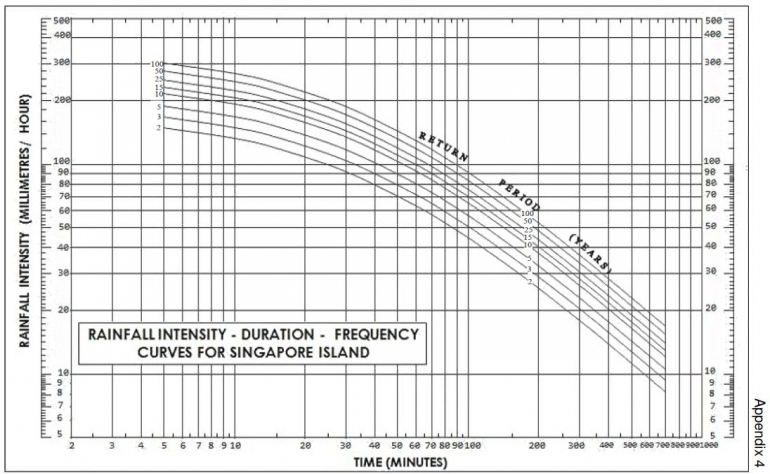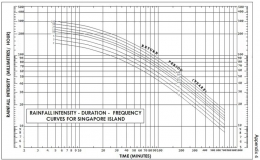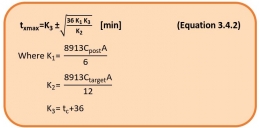Sometimes we get asked this question quite often: what is the difference between a retention tank and a detention tank? Both tanks are used to collect rainwater. However, there is a difference between detention tank and retention tank, for retention tank is designed to “harvest and retain” the rainwater rather than simply drain it off. The harvested rainwater can then be used for many purposes such as irrigating your plant, washing your cars, flushing toilets, etc. but the detention tank is designed to “detain” water, it holds the rainwater for a limited period only.
The detention tank is intended to drain the water and remain empty except during a rainfall event and for a short period thereafter. Detention tanks have a large inlet pipe and a smaller outlet, which prevent sudden surges of runoff by averaging the out peak flow. This takes some pressure off our ageing stormwater network and consequently prevents flooding.
In PUB Singapore COP (code and practice), type building Industrial, commercial, institutional and residential developments greater than or equal to 0.2 hectares (ha) in size are required to control the peak runoff discharged from their sites. The maximum allowable peak runoff to be discharged to the public drains will be calculated based on a runoff coefficient of 0.55, for design storms with a return period of 10 years and for various storm durations of up to 4 hours (inclusive).
Below the chart rainfall intensity in Singapore, e.g. assuming time concentration (tc) is 10 minutes with 10 years return period storm, the rainfall intensity is 190 mm/hours.
In the PUB Project that I have experienced, the project is to do estate upgrading which upgrades from open drain (V section) to close drain (box section) at the same the top slab is used as a pedestrian footpath. PUB set a standard for consultants to use design intensity of 190 mm/hours to design the box drain. In the box drain design which required to pass drain capacity (using meaning formula) and few criteria :
Minimum Velocity and Dry Weather Flow (min velocity > 1 m/s)
Maximum Velocity (max velocity < 3 m/s)
Sub-critical Flow (Froud number less than 0.8)
Freeboard (15% of drain depth)
For other projects I have experienced, the project data center with 1 storey basement and 7 storey’s superstructure required a stringent restriction for rainfall intensity and drainage which need to be in effective design life till 100 years. Also due to requirement from PUB to have rainfall discharge to public drain with runoff coefficient 0.55 thus detention tank is a must.
From the chart with tc is 5 minutes and 100 years return period storm, the rainfall intensity is 300 mm/hours. This rainfall intensity runs in a perimeter internal compound drain and then is contained in the detention tank before it slowly discharges out to public drain.
There is a step guide to design detention tanks in PUB COP, but in the step guide using formula for 10 years return period storm, the engineer needs carefully understand and modified few formula to suit return period storm accordingly.
Below are the formulas need to modified if we using 100 years return period storm.


For a 100 years return period storm, the coefficient number 8913 to be changed to 12300.
After design according to development area, rainfall intensity and all requirements mentioned above, the detention tanks required to be 25m x 3m x 3m total volume 225m3 and the highest water contained in the tank is 203m3.
So the step procedure in COP needs to be understood carefully and not just follow procedure without knowing the basic understanding behind it.
Baca konten-konten menarik Kompasiana langsung dari smartphone kamu. Follow channel WhatsApp Kompasiana sekarang di sini: https://whatsapp.com/channel/0029VaYjYaL4Spk7WflFYJ2H









